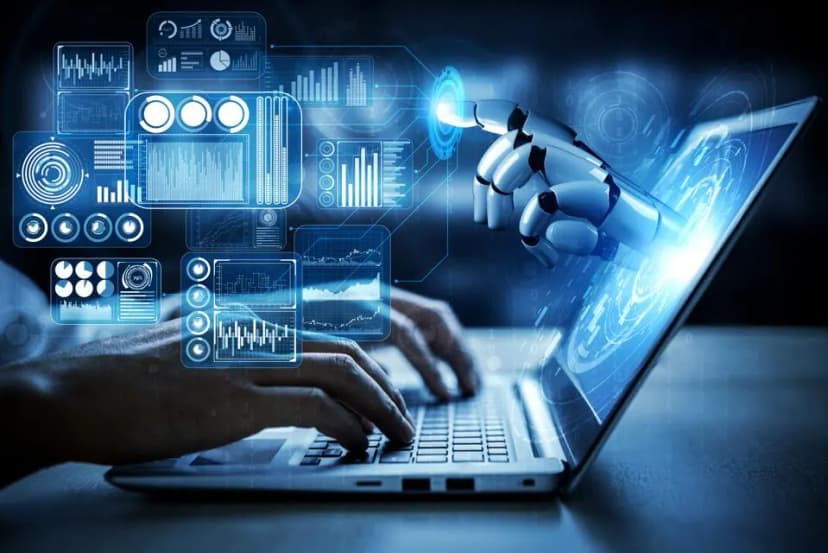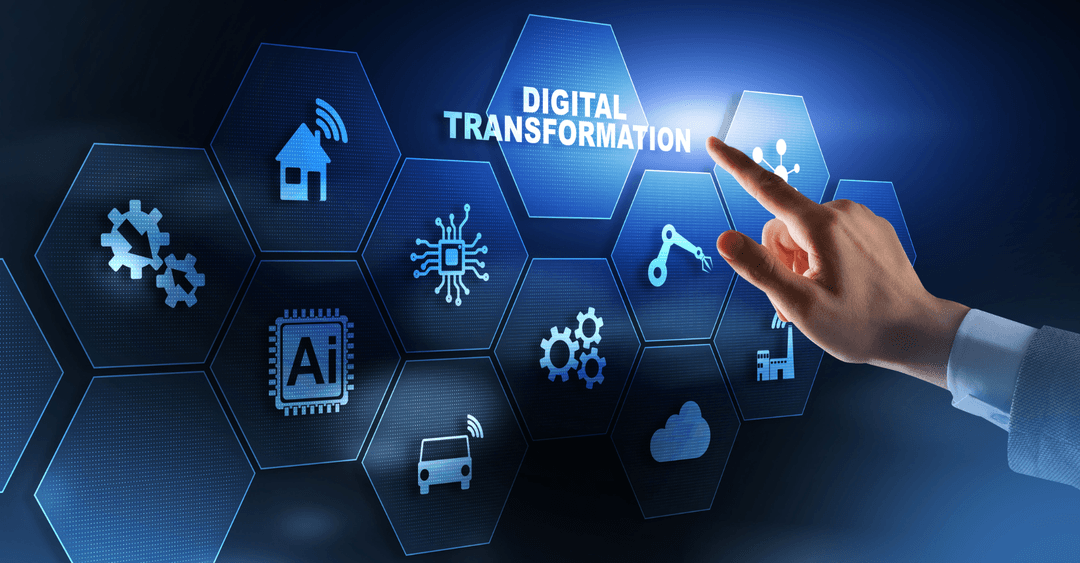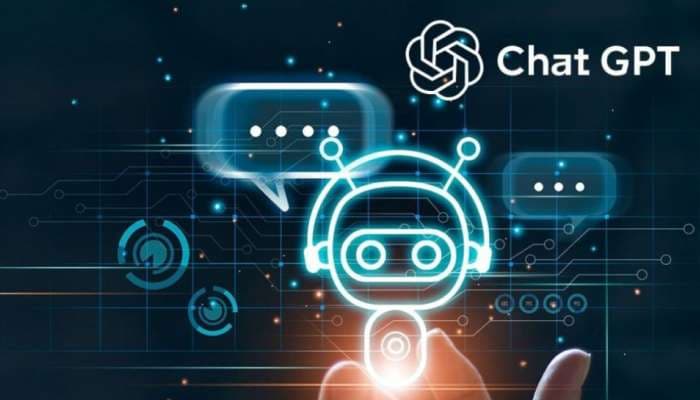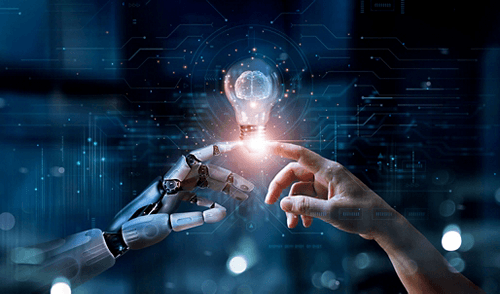The Future of Work is Here

Contents
The Waves and Hypes Entering the Millennium
At the turn of the millennium, enterprises found themselves swept up in waves of technological transformation. Post-Y2K, the rush to adopt ERP systems was about more than software — it was about unifying scattered data, breaking down silos, and creating visibility across business functions.
Marketing quickly shifted to digital-first, spreading across channels and going viral. Contact centers evolved from mere helpdesks into advisory services, while “smart machines” and automation started augmenting human tasks. Data, once overlooked, was elevated to “the new oil.”
Through it all, one truth remained constant: customer expectations kept accelerating. Moore’s Law — the doubling of computing power every two years — meant enterprises were under pressure to scale, adapt, and evolve faster than ever.

Early adventures of AI into the workplace
In the 2010s, ambitious technologists began pushing AI beyond theory. They curated massive datasets, trained machine learning models, and experimented with automation that could support workers. The vision was bold: AI that could assist employees, improve workflows, and drive better decisions.
But challenges loomed. Training models required time, infrastructure, and cost that most enterprises could not justify. As a result, AI remained largely confined to research labs, with pioneers like IBM Watson and Google Brain carrying the torch. These early efforts laid the groundwork — but enterprise-scale adoption was still out of reach.
The ChatGPT Moment — A Turning Point
Everything shifted in November 2022 with the launch of ChatGPT. At a time when the world was just emerging from the pandemic, industries were seeking ways to rebound with speed and resilience. Generative AI arrived at exactly the right moment.
This leap was built on the breakthrough research from Google Brain’s “Attention Is All You Need” paper, which led to transformers and pre-trained models. Suddenly, AI could generate text, code, images, and insights at scale — not just for researchers, but for anyone with a browser.
AI came out of the labs, became democratized, and entered daily workflows. Professionals across industries could now:
- • Ask complex questions and get contextual answers instantly
- • Generate content, strategies, and reports on demand
- • Automate repetitive work, freeing time for higher-value activities
The workplace was forever changed.

AI in everyday workflows
AI quickly became part of everyday tools — from Microsoft Copilot in Office to Google Gemini in search, and platforms like Claude and Perplexity boosting research and productivity.
Developers accelerated coding, while consultants and analysts gained instant data insights. Across functions, “being smarter” is now accessible to all, making workplace productivity exponential rather than linear.
The Apprehensions and the Promise of Change
Every revolution carries apprehension. As Jensen Huang, CEO of NVIDIA, cautioned: “Those who use AI will replace those who don’t.”
Enterprises began asking urgent questions:
- • What risks do we face if we don’t adopt AI?
- • How will AI impact jobs, roles, and skills?
- • Can we balance speed of adoption with responsible governance?
Today, less than three years after ChatGPT’s debut, AI is already a “citizen tool.” Tasks that once took teams weeks can now be accomplished by individuals in days. The potential for disruption is real — but so is the promise of transformation.

AI for Enterprises — From Vision to Execution
For businesses, the opportunity is clear: AI can fundamentally reshape how functions operate, collaborate, and scale. Imagine:
- • Sales teams entering client meetings with instant insights, summaries, and tailored prompts.
- • Procurement teams tracking supplier networks across the entire upstream value chain with complete transparency.
- • R&D teams accelerating product innovation cycles, beating competitors to market.
- • Operations reducing overhead through automation while enhancing quality and reliability.
All of this can happen without the endless expansion of back-office teams. With AI-native platforms, enterprises can operate leaner, smarter, and faster — transforming not only efficiency but competitiveness.
VIKI.AI’s Role in Shaping the Future of Work
At VIKI.AI, we believe speed to adopt the future of work is the key differentiator. We partner with enterprises to embed AI across the value chain — from R&D and manufacturing to supply chain and customer engagement.
Our platforms are purpose-built to:
- • Break down data silos with intelligent integration.
- • Enable real-time insights for faster, better decisions.
- • Empower teams to focus on strategy, innovation, and leadership.
The future of work is not coming. It is here — and at VIKI.AI, we are building it with our customers every day.